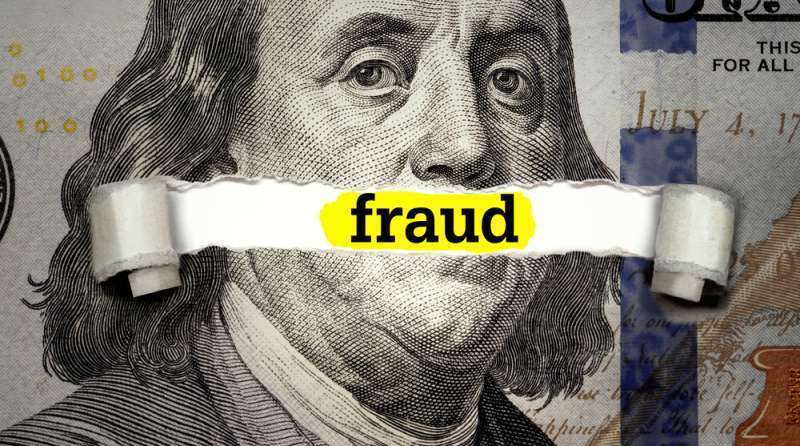
The Government Accountability Office (GAO) is estimating that unemployment insurance fraud during the COVID-19 pandemic reached a range of $100 billion to $135 billion – way up from the $60 billion the watchdog agency previously estimated earlier this year.
That whopping new estimate equates to 11-15 percent of total unemployment benefits distributed in the United States during the pandemic, GAO said in a new report the agency released Tuesday.
GAO’s Sept. 12 report tracked the approximately $900 billion in UI payments made from April 1, 2020, to May 31, 2023 – which marked the official end of the public health emergency.
During that same time period, states reported finding about $55.8 billion in overpayments, of which $5.3 billion were fraudulent, GAO noted. Additionally, states reported recovering about $6.8 billion, about $1.2 billion of which were fraudulent.
The GAO reported that the Department of Labor (DoL) “expressed concerns” about the fraud estimation methodology used in the report and “stated that the resulting estimate was likely overstated.”
GAO, however, pushed back against the department’s assessment and laid out in detail its process of estimating the fraud range.
“Given that not all potential fraud will be investigated and adjudicated through judicial or other systems, the full extent of UI fraud during the pandemic will likely never be known with certainty,” the 73-page report reads. “Therefore, it is appropriate to rely on estimates, such as ours, to make more comprehensive conclusions about the extent of fraud in the UI programs during the pandemic.”
The watchdog’s new report, however, marks an increase of nearly double in the GAO’s estimated UI fraud compared with previous reports.
Earlier this year, the GAO estimated that at least $60 billion in fraudulent payments “were made to claimants by extrapolating the lower bound of DOL’s 2021 estimated national fraud rate for the regular UI program to total UI spending.” At the time, the GAO concluded that the rate “could be substantially higher” than the $60 billion lower limit.
“We now estimate that the amount of fraud was higher, with our new range of $100 billion to $135 billion falling above the lower limit that we reported,” the agency wrote.
“To calculate our previous lower limit, we relied on existing evidence about the extent of fraud in the UI programs. Our current range extended this work through a substantial methodology employing independent sampling and modeling work,” the report added.
Fraud within the nation’s unemployment system skyrocketed after Congress enacted a historic expansion of the program in March 2020. State unemployment agencies were overwhelmed with record numbers of claims – and out-of-date IT systems to process them – and relaxed some requirements in an effort to get the money out the door quickly to those who had lost their jobs.
But the enhanced payments and lax controls quickly attracted criminals from around the world. States and Congress subsequently tightened their verification requirements in an attempt to combat the fraud.
The Justice Department announced last month that it has charged over 3,000 people for COVID-19 pandemic-related fraud and seized more than $1.4 billion.
Attorney General Merrick Garland said at the time of the announcement, “This latest action, involving over 300 defendants and over $830 million in alleged COVID-19 fraud, should send a clear message: the COVID-19 public health emergency may have ended, but the Justice Department’s work to identify and prosecute those who stole pandemic relief funds is far from over.”
